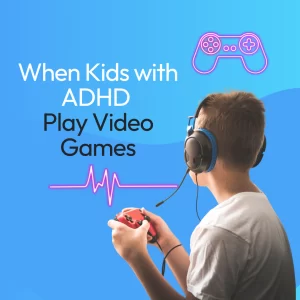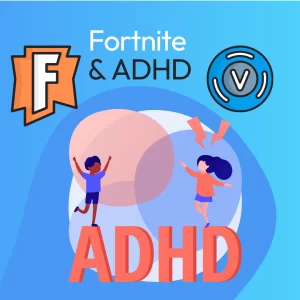There many reasons for interpersonal conflict. We disagree about things, we have different ideas about the world, unique interpretations, varied expectations, and most importantly, none of us has ALL of the knowledge we need at any one time. There are always gaps in what we know, and differences between what we (think we) know, and what others (think they) know. In our last post, we talked about the fragility of friendships and some of the differences in interpersonal conflict between the genders. Today, we are going to talk a little bit about how to resolve conflict when it arises in your personal lives.
A problem exists
The first step is recognition by both individuals that a problem exists. This requires that both people think about the problem, and consider what each of you had to do with the nature of the problem. Try to own your piece of the problem that exists. That way, when you approach the other party, you can at least acknowledge how you contributed, in a humble way. And if the other person involved in the conflict can accomplish the same task, then you both can approach each other knowing the part of the problem that each of you helped to create.
Once you understand the role you played in the conflict, the two of you can have a discussion that is geared toward solving a problem, versus winning an argument. When two people have the goal of winning an argument, it means that one person is going to lose. And when one person walks away “a loser,” it is unlikely that resolution to the conflict will be lasting.
Agree to address the problem
One benefit to conflict is that maybe you are both in conflict because of things that you do not know. And in some cases, you do not know what you don’t know. When two people are having conflict, it typically is the case that one person is not 100% right and the other person is 100% wrong. Typically, in interpersonal conflict, each person has their grievances and each person feels as though they have been wronged. Being hurt is part of what motivates each person to remain in the conflict. Each person wants the other person to acknowledge their role in causing pain.
Understand the other person, understand the conflict
In an effort to understand the perspective of the other person, try taking turns speaking. But not only are you going to take turns speaking, after each person speaks the other person has to summarize what was said to the satisfaction of the speaker. This type of back and forth will ensure that each person gets to speak their mind, and it will ensure that each person is understood exactly as they are intending.
Arguments tend to become very productive when we are listening while knowing that they are going to have to listen well enough to at least summarize what they are saying. This is opposed to what usually happens in an argument where one person is talking, and while they are talking the other person is not listening to them, only thinking about what they want to say. These types of strategies lead two people to talk over the top of each other and not listen.
Support mediation and plan compromise
An additional benefit of rephrasing each person’s frame of reference, is that, sometimes, people are not exactly sure why they are upset. Sometimes people start a dialogue with the person they are upset with in order to try to understand where their feelings are coming from. In this instance, if the aggrieved is cut off as they are speaking because they are not making their point quickly, or clearly enough, the culprit, in this case, is likely to only escalate the situation. The escalation occurs because the aggrieved is unable to make their case, and the culprit is unable to understand the problem as it is not being stated properly. A third party can be helpful when seeking resolution of this kind. Sometimes, conflict mediator can help cut through the confusion created by the emotions and help each person see their role in the conflict.
Address the differences and monitor change
The final steps of conflict resolution are an agreement to formulate a plan to address the conflict and then monitor that plan’s implementation moving forward. This means that after each person fully understands their role in the conflict, and understands how it made the other person feel, there is going to be a solid plan put in place that can be monitored by both parties. Remember, conflict is a normal part of relationships.
The conflict resolution process requires:
- Recognition by both individuals that a problem exists.
- Mutual agreement to address the problem and a mutual desire to find resolution.
- An effort to understand the perspective of the other person.
- Recognize what causes the conflict between the parties.
- Interventions by third parties can support mediation.
- A willingness by one or both parties to compromise.
- An agreement on a plan to address the differences.
- Monitoring the impact of any agreements for change.



